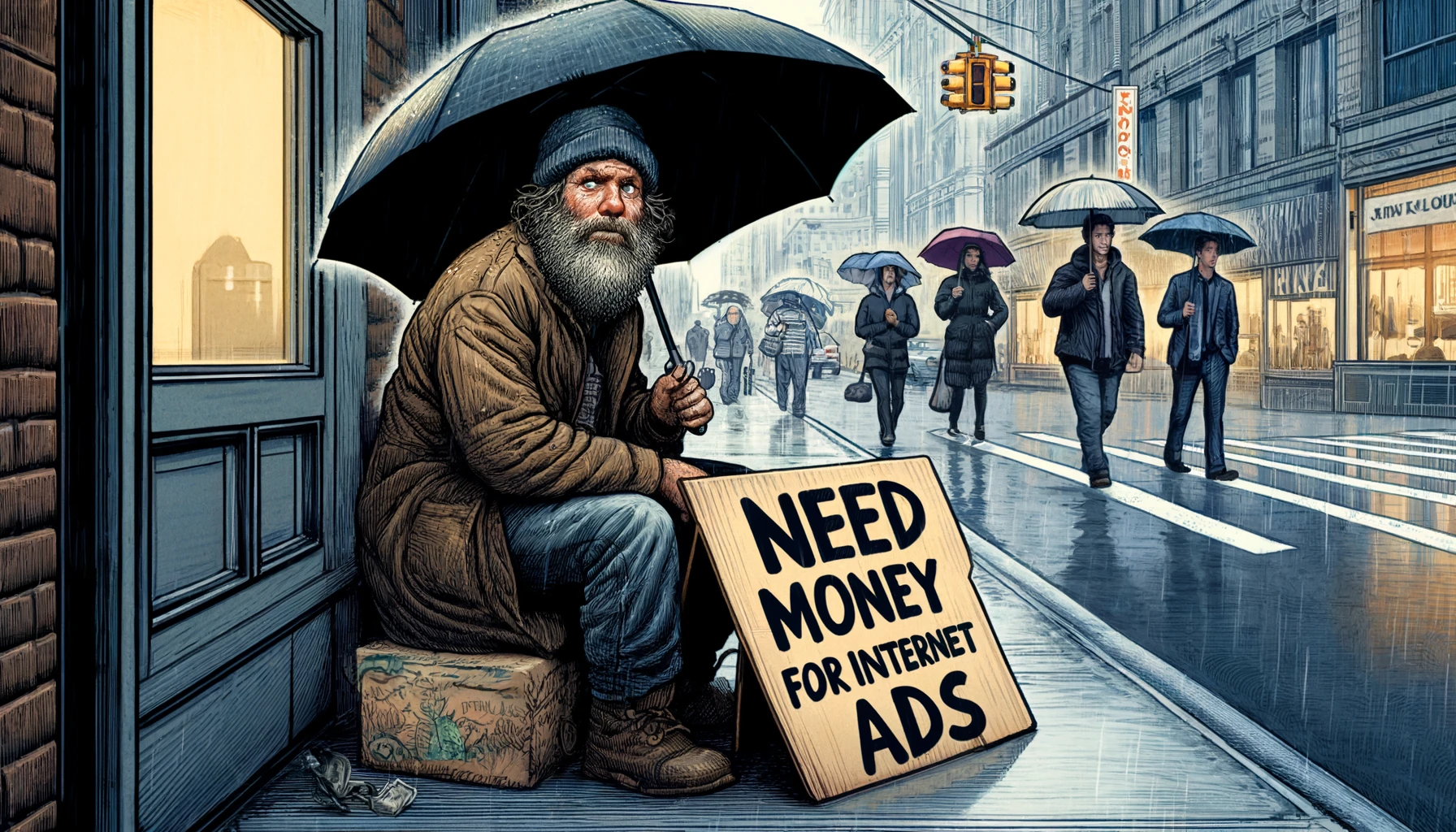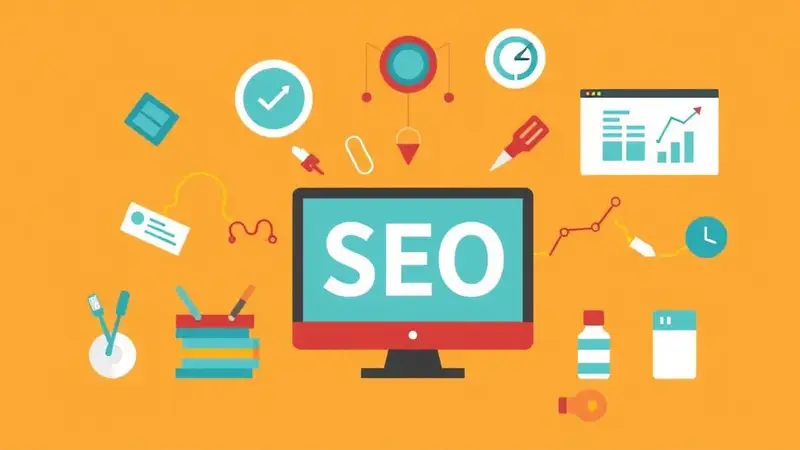Navigating digital marketing during a cost of living crisis brings both challenges and opportunities for small businesses. As consumers cut back on spending, companies must adopt innovative, cost-effective strategies to stay competitive.
This in-depth guide explores actionable tips and proven tactics for marketing during a recession, helping businesses optimize their digital presence, engage audiences efficiently, and drive sustainable growth without overspending. From budget-friendly advertising to organic engagement tactics, learn how to maintain visibility and thrive even in tough economic conditions.
Understanding the Impact of a Cost of Living Crisis
Consumer Behavior Shifts
During a cost of living crisis, consumers tend to:
- Prioritize Essential Purchases: Spending is focused on necessities, with less emphasis on luxury or non-essential items.
- Seek Value: Customers look for deals, discounts, and products offering the best value for their money.
- Research More: Before making a purchase, consumers are more likely to research products and compare prices extensively.
- Loyalty Shifts: Brand loyalty may diminish as consumers prioritize cost savings, leading to increased price sensitivity.
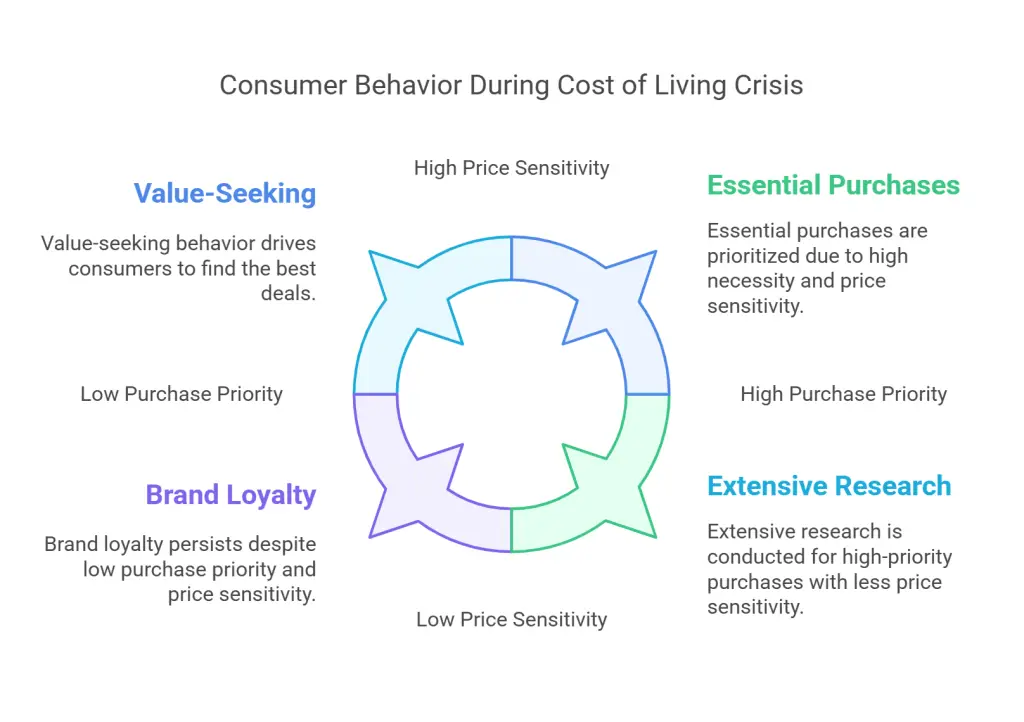
Business Challenges
Businesses often face:
- Decreased Revenue: Reduced consumer spending can lead to lower sales and profit margins.
- Budget Constraints: Limited financial resources may affect marketing budgets, leading to reduced advertising spend.
- Increased Competition: Businesses compete more aggressively for a smaller pool of consumer spending.
Understanding these shifts is crucial for adapting your digital marketing strategy to remain relevant and competitive.
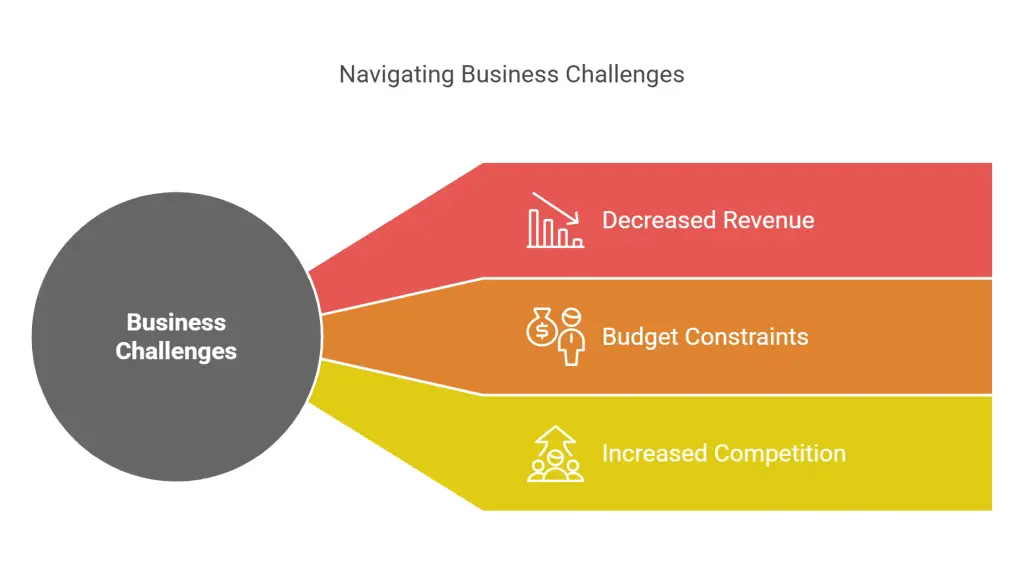
Actionable Digital Marketing Strategies
1. Optimize Your Website for Search Engines (SEO)
SEO is a cost-effective way to increase online visibility and attract organic traffic. Focus on these strategies to improve your search engine rankings:
Keyword Research
- Long-Tail Keywords: Target long-tail keywords with lower competition and higher intent. These often have a more specific audience and can lead to better conversion rates.
- Local SEO: Optimize for local search by including location-based keywords. This is particularly important for businesses with physical locations.
On-Page Optimization
- High-Quality Content: Create valuable, informative content that addresses your audience’s needs and pain points. Use keywords naturally and focus on readability.
- Meta Tags and Descriptions: Ensure all pages have optimized title tags and meta descriptions that include relevant keywords and encourage clicks.
- Mobile-Friendly Design: Ensure your website is responsive and performs well on mobile devices, as a significant portion of searches are conducted on smartphones.
Technical SEO
- Site Speed: Improve loading times by compressing images, minimizing code, and leveraging browser caching.
- Secure Website: Use HTTPS to ensure a secure connection and build trust with visitors.
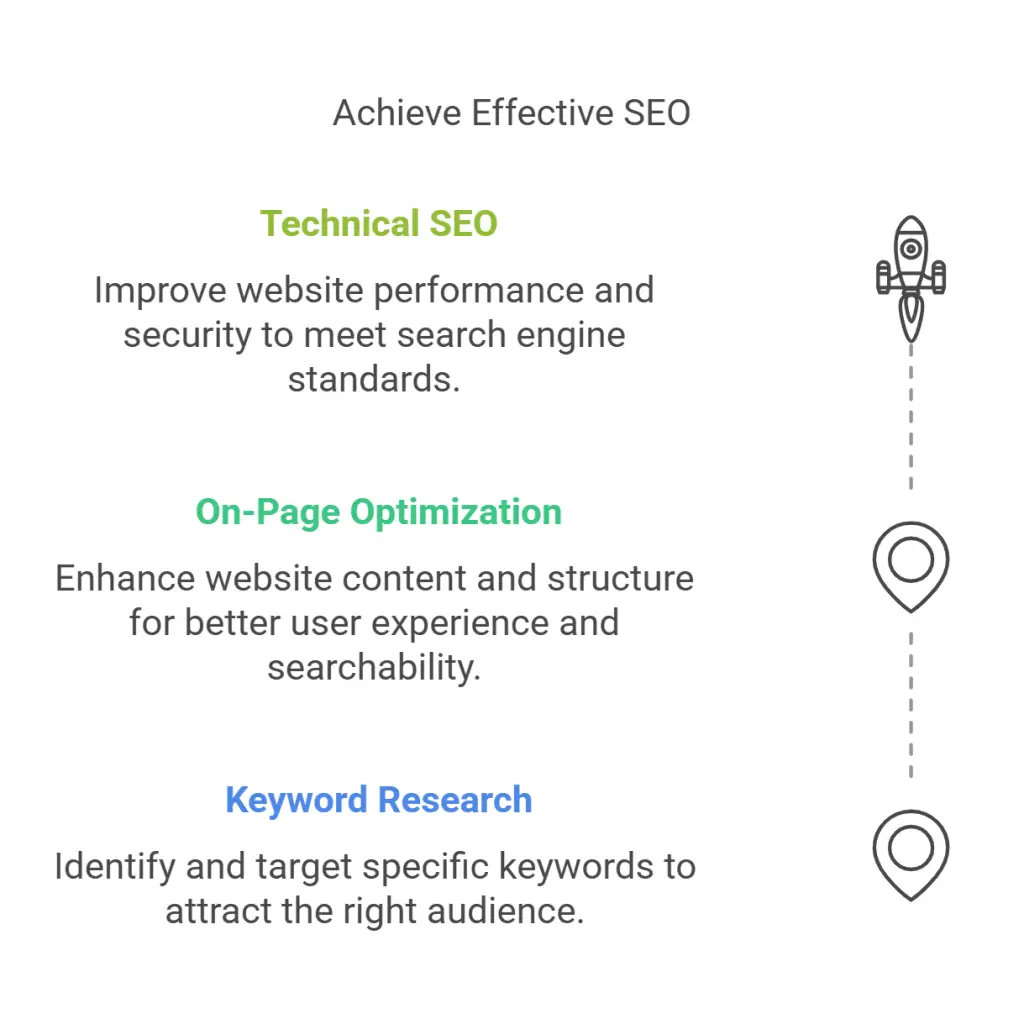
2. Leverage Social Media Marketing
Social media platforms offer powerful tools for engaging with your audience and building community without significant financial investment.
Choose the Right Platforms
- Know Your Audience: Focus on the platforms where your target audience is most active. For example, Instagram might be more effective for visually-driven brands, while LinkedIn is suitable for B2B businesses.
- Organic Reach: Take advantage of organic features like hashtags, stories, and live videos to increase reach without paid advertising.
Engage and Build Community
- Interactive Content: Use polls, Q&A sessions, and interactive stories to engage your audience and encourage participation.
- User-Generated Content: Encourage customers to share their experiences with your products and services. This content can be shared on your platforms to build authenticity and trust.
Paid Advertising
- Cost-Effective Ads: Use targeted ads to reach specific demographics with precision. Start with a small budget and adjust based on performance.
- Retargeting Campaigns: Implement retargeting to reach users who have previously interacted with your website or content, increasing the likelihood of conversion.
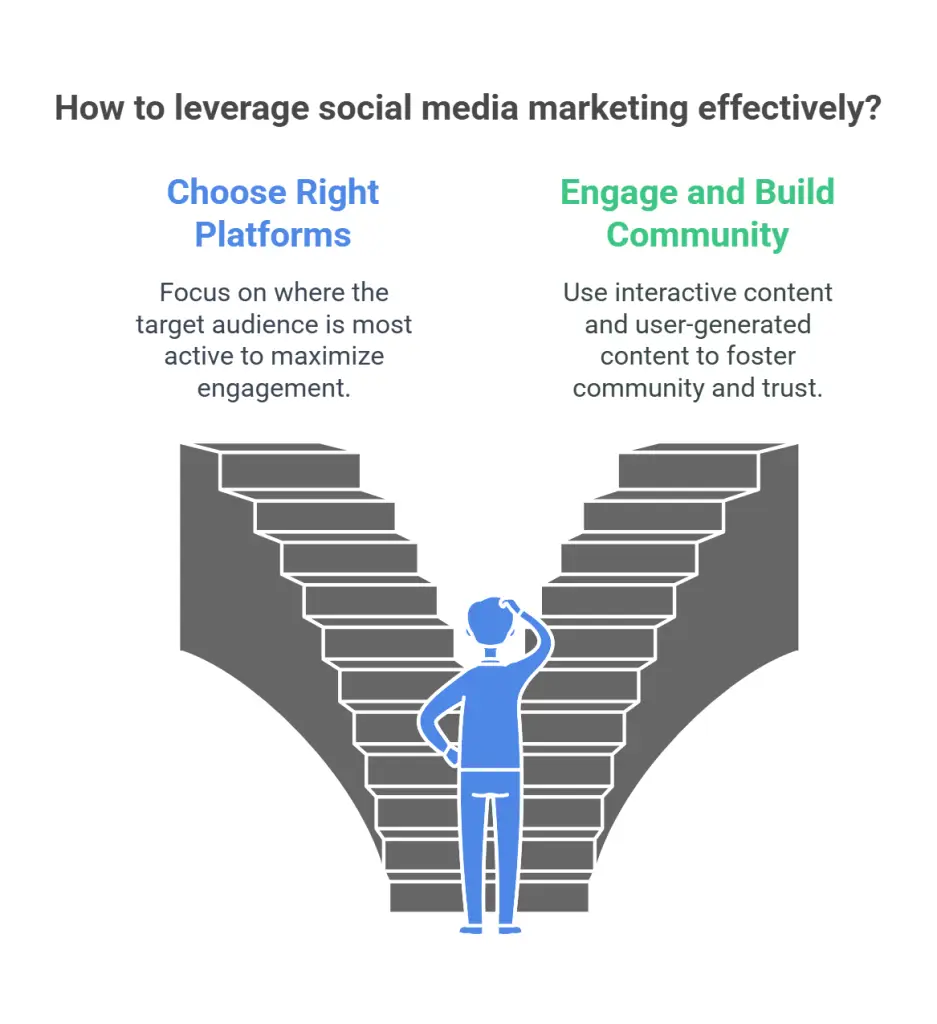
3. Implement Effective Email Marketing Campaigns
Email marketing remains one of the most cost-effective digital marketing strategies, offering high ROI when executed well.
Build a Quality List
- Lead Magnets: Offer free resources like e-books, guides, or discounts in exchange for email sign-ups.
- Segment Your Audience: Divide your email list into segments based on interests, purchase history, or demographics to send more personalized messages.
Craft Compelling Content
- Personalization: Use recipient names and tailor content based on their preferences and behavior.
- Value-Driven Content: Focus on providing value with educational content, exclusive offers, or insightful tips.
- Engaging Subject Lines: Write catchy, intriguing subject lines to increase open rates.
Automation and Follow-Ups
- Automated Workflows: Set up automated email sequences for new subscribers, abandoned carts, or re-engagement campaigns.
- Consistent Follow-Ups: Regularly send follow-up emails to maintain engagement and nurture leads towards conversion.
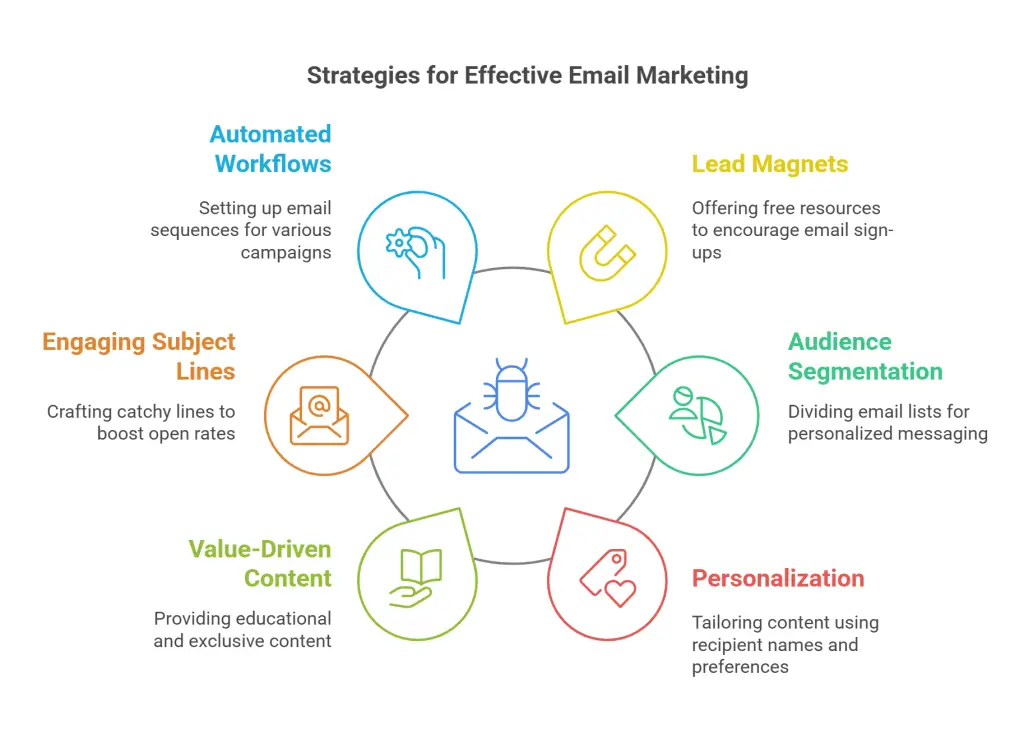
4. Focus on Content Marketing
Content marketing helps establish your brand as an authority and provides value to your audience, fostering trust and loyalty.
Create Valuable Content
- Educational Blog Posts: Write articles that address common challenges or questions your audience faces.
- Video Content: Create videos that demonstrate product uses, share customer testimonials, or offer industry insights.
- Webinars and Workshops: Host online events to educate your audience and interact directly with them.
Content Distribution
- Repurpose Content: Turn blog posts into infographics, podcasts, or videos to reach different audience segments.
- Guest Blogging: Write for other websites in your industry to reach a broader audience and build backlinks.
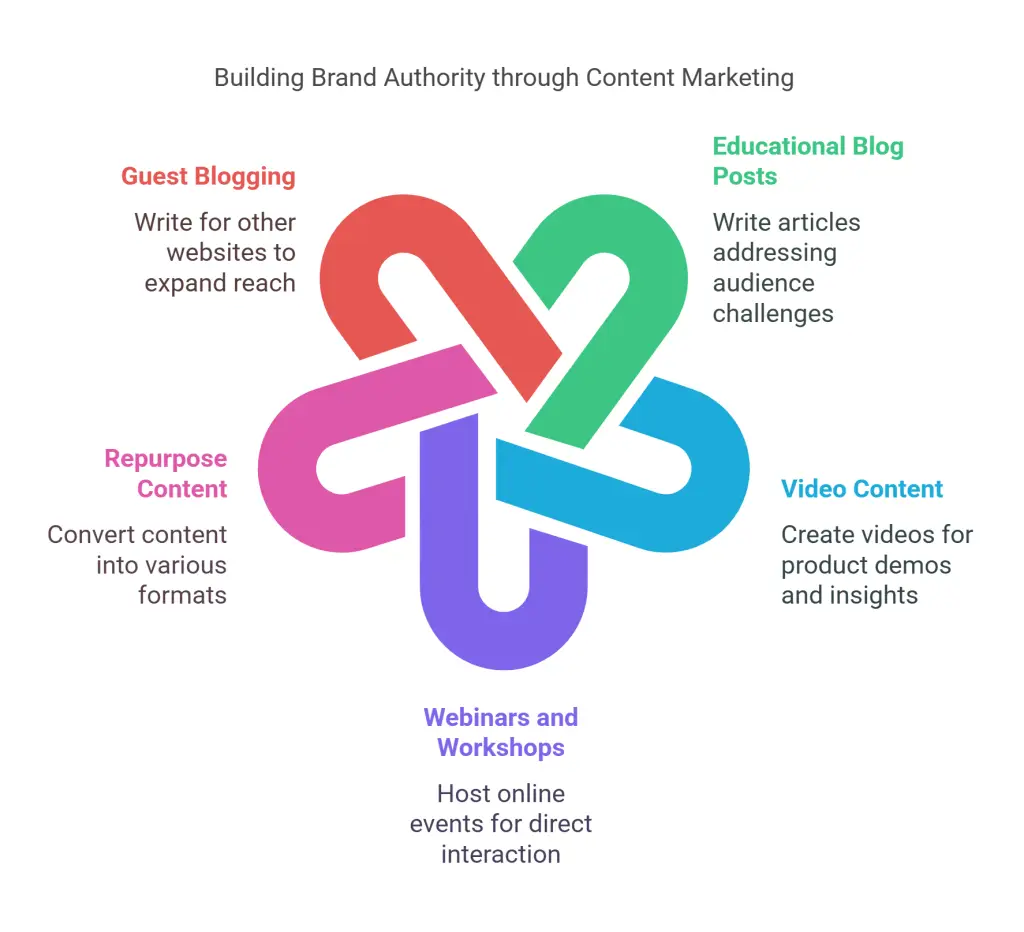
5. Utilize Influencer Marketing
Influencer marketing can be highly effective during a cost of living crisis, as consumers often trust recommendations from individuals they follow.
Choose the Right Influencers
- Micro-Influencers: Collaborate with micro-influencers who have smaller but highly engaged audiences. They often charge less and can provide better ROI.
- Authenticity: Partner with influencers whose values align with your brand for genuine and authentic promotion.
Craft Effective Campaigns
- Product Reviews: Encourage influencers to review your products and share their honest opinions.
- Collaborative Content: Co-create content with influencers to leverage their creativity and audience engagement.
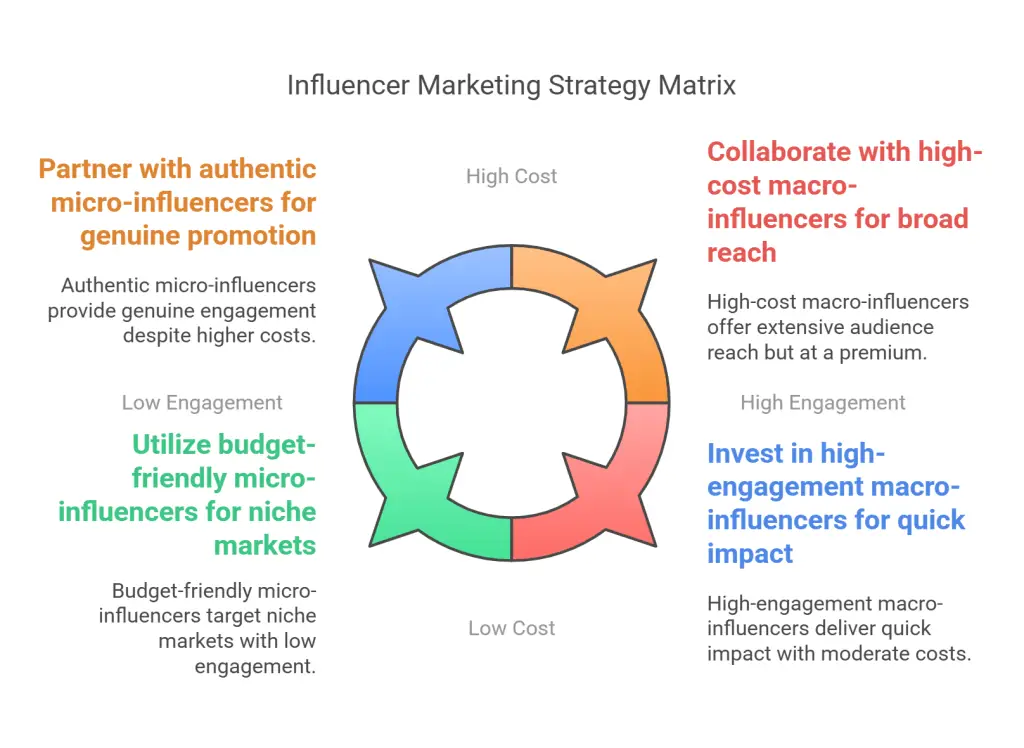
6. Implement Customer Loyalty Programs
Retaining existing customers is often more cost-effective than acquiring new ones. Loyalty programs can encourage repeat purchases and build long-term relationships.
Design an Effective Program
- Tiered Rewards: Offer escalating rewards to encourage customers to spend more to unlock higher benefits.
- Referral Bonuses: Incentivize customers to refer friends and family by offering discounts or rewards for successful referrals.
Promote Your Program
- Highlight Benefits: Clearly communicate the benefits of joining your loyalty program across all marketing channels.
- Regular Updates: Keep program members informed about new rewards, exclusive offers, and events.
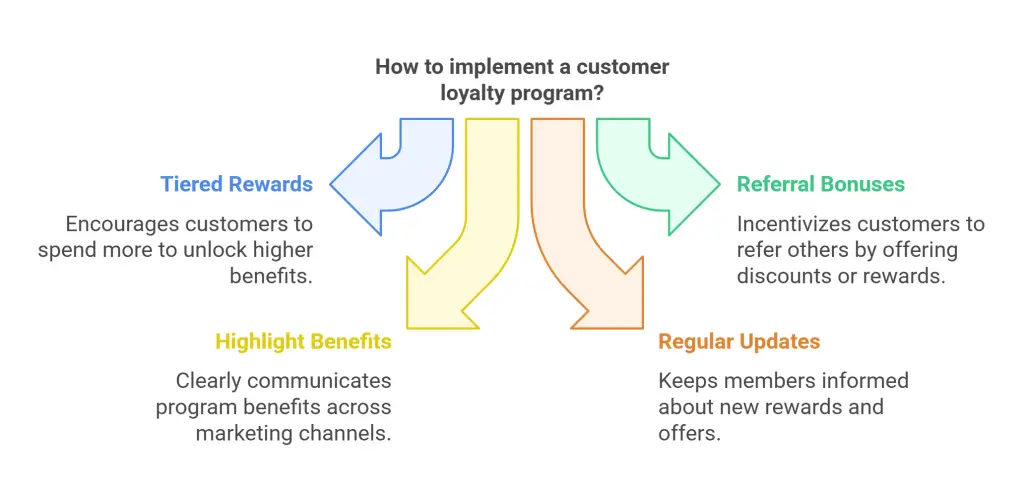
7. Monitor and Analyze Performance
Continuous monitoring and analysis are essential to ensure your digital marketing strategies are effective and adaptable.
Use Analytics Tools
- Google Analytics: Track website traffic, user behavior, and conversion rates to understand performance.
- Social Media Insights: Use platform-specific insights to measure engagement and reach.
Adjust Strategies Accordingly
- A/B Testing: Experiment with different approaches to determine what resonates best with your audience.
- Feedback Loops: Collect feedback from customers to identify areas for improvement and innovation.
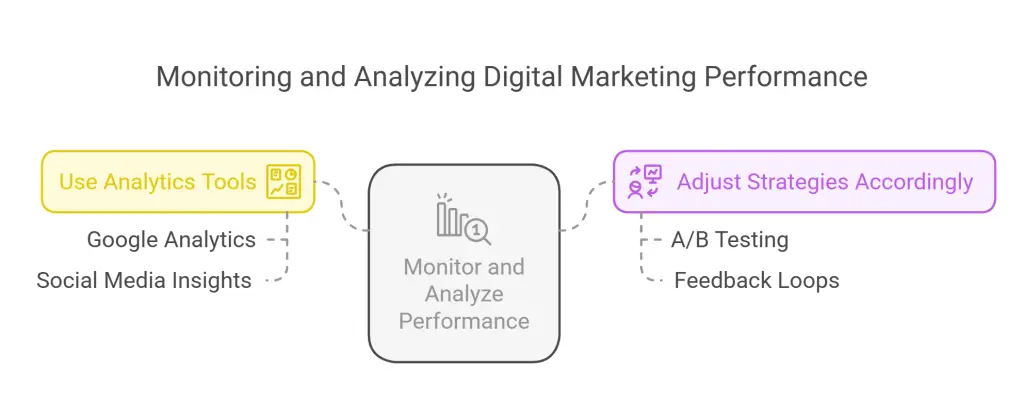
Case Study: How a Local Coffee Shop Brewed Success with Digital Marketing
Background
Jake, the owner of a cozy independent coffee shop, prided himself on serving high-quality, locally roasted coffee. However, as economic pressures increased, many customers began cutting back on daily café visits, leading to a sharp decline in sales.

Challenge
Jake’s coffee shop, once a bustling community hub, saw fewer walk-in customers and slower online orders. With limited resources for traditional advertising, he needed a cost-effective way to reconnect with his audience and drive sales.
Strategy
Determined to revamp his approach, Jake implemented a two-part digital marketing strategy:
- Social Media Engagement:
- He began sharing behind-the-scenes content on Instagram and Facebook, featuring his baristas, new seasonal drinks, and coffee-making tips.
- Jake posted engaging stories about the coffee beans’ origins, the roasting process, and customer experiences.
- He launched a user-generated content campaign, encouraging customers to post photos of their coffee with a branded hashtag for a chance to win free drinks.
- Personalized Email Campaigns:
- Jake segmented his email list based on customers’ past purchases, offering exclusive discounts on their favorite drinks.
- He introduced a loyalty rewards program, giving subscribers early access to seasonal flavors and limited-time promotions.
- His emails featured engaging storytelling, personalized recommendations, and sneak peeks at upcoming menu items.
Results
Jake’s strategic shift led to impressive results within six months:
- Social media engagement surged, leading to a 30% increase in foot traffic and online orders. Customers loved the interactive experience and felt more connected to the brand.
- His email campaign saw a 25% boost in click-through rates, resulting in a 15% increase in sales. Customers appreciated the personalized approach and exclusive offers.
Conclusion
By leveraging social media and personalized email marketing, Jake successfully revitalized his coffee shop, proving that even small businesses can thrive with the right digital strategy. His story highlights the power of community engagement, storytelling, and tailored marketing in overcoming economic challenges.
Insights and Recommendations
Emphasizing Value and Community
During a cost-of-living crisis, businesses must go beyond mere transactions and focus on delivering meaningful value while fostering a strong sense of community. Consumers are increasingly drawn to brands they can trust, relate to, and engage with on a deeper level. Establishing genuine connections through consistent engagement, authentic messaging, and thoughtful offerings helps businesses stand out in a crowded market. By prioritizing transparency, empathy, and customer-centric strategies, brands can create loyal advocates who continue to support them even in the most challenging economic conditions. Building long-term relationships through trust and value-driven interactions ensures sustained growth and resilience.
Leveraging Data for Decision-Making
Data plays a crucial role in understanding consumer behavior and refining marketing strategies. By utilizing analytics tools, businesses can gain valuable insights into customer preferences, engagement patterns, and the effectiveness of their campaigns. This data-driven approach allows companies to identify which tactics are yielding the best results and which areas need improvement. By continuously analyzing and adapting their strategies, businesses can allocate resources more efficiently, enhance their marketing efforts, and focus on the most impactful tactics. Leveraging data not only improves decision-making but also helps create more personalized and effective customer experiences, leading to stronger brand loyalty and higher conversions.
Conclusion
Navigating a cost of living crisis requires businesses to be agile, innovative, and customer-focused. By leveraging cost-effective digital marketing strategies like SEO, social media marketing, email campaigns, content marketing, and more, businesses can maintain visibility, engage with their audience, and drive growth even in challenging economic times.
Key takeaways include understanding consumer behavior shifts, optimizing your digital presence, building community, and continuously analyzing performance to adapt strategies. By focusing on providing value and fostering relationships with customers, businesses can thrive despite economic challenges.
For further reading, consider exploring resources on digital marketing trends, consumer behavior analysis, and crisis management strategies to continue enhancing your marketing efforts. Embrace the opportunities digital marketing offers, and your business can emerge stronger and more resilient.
Further reading
Invoca. “The Do’s and Don’ts of Marketing During a Recession.” Invoca Blog. Last accessed February 8, 2025. https://www.invoca.com/blog/dos-donts-marketing-during-recession.
Forbes Agency Council. “Surviving a Recession with a Strong Marketing Strategy.” Forbes. Last accessed February 8, 2025. https://www.forbes.com/councils/forbesagencycouncil/2023/02/23/surviving-a-recession-with-a-strong-marketing-strategy/.
Mailchimp. “Marketing in a Recession.” Mailchimp Resources. Last accessed February 8, 2025. https://mailchimp.com/resources/marketing-in-a-recession/.
Tracksuit. “Marketing in a Recession: Why You Shouldn’t Cut Brand Investment.” Tracksuit Blog. Last accessed February 8, 2025. https://www.gotracksuit.com/au/blog/posts/marketing-in-a-recession-why-you-shouldnt-cut-brand-investment.
Stripe. “Strategies for Marketing During Times of Economic Uncertainty.” Stripe Resources. Last accessed February 8, 2025. https://stripe.com/au/resources/more/strategies-for-marketing-during-times-of-economic-uncertainty.
Harvard Business Review. “Marketing in an Economic Downturn.” YouTube video, 12:15. Harvard Business Review. Last accessed February 8, 2025. https://www.youtube.com/watch?v=qN15ilAaOqU.
WARC. “What We Know About Advertising in a Recession.” WARC Best Practice. Last accessed February 8, 2025. https://www.warc.com/content/paywall/article/bestprac/what-we-know-about-advertising-in-a-recession/en-gb/110157.
Mark Ritson. “How Brands Can Survive a Recession.” YouTube video, 18:42. Marketing Week. Last accessed February 8, 2025. https://www.youtube.com/watch?v=86S8oTkAeJ8.

